Part of a series of articles titled Landmark Highlights.
Previous: Landmark Highlights 2023
Next: Landmark Highlights 2021
Article


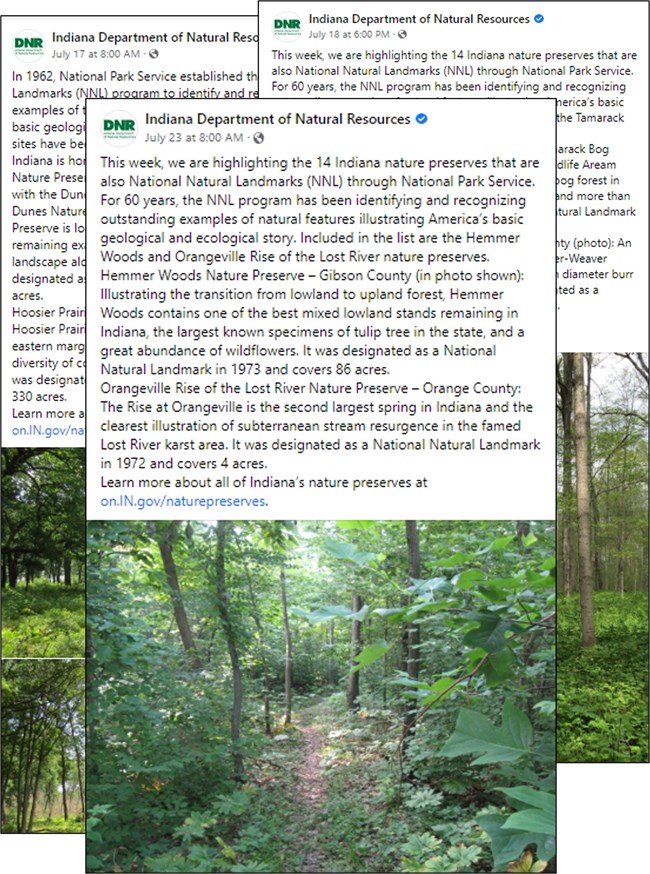




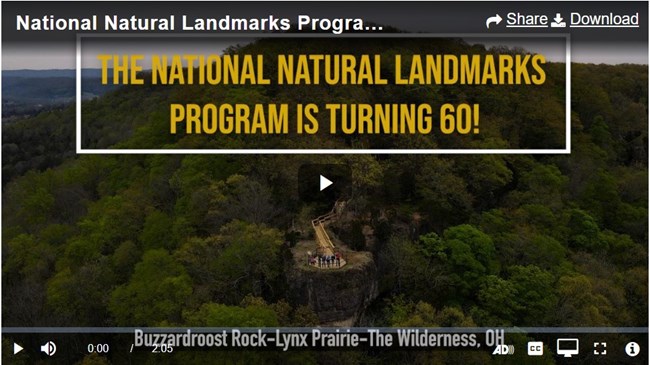
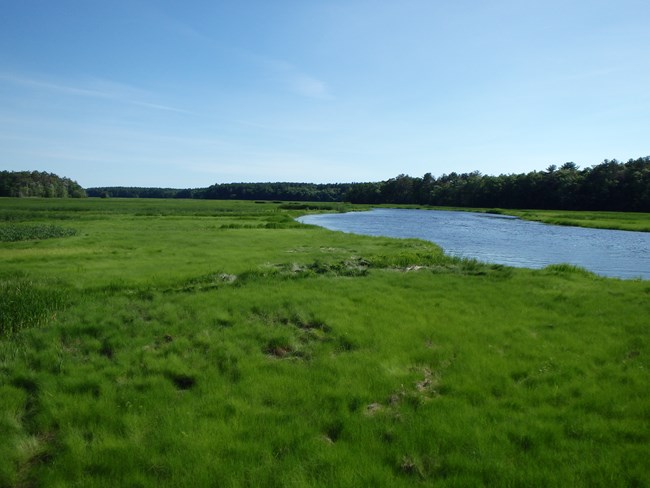

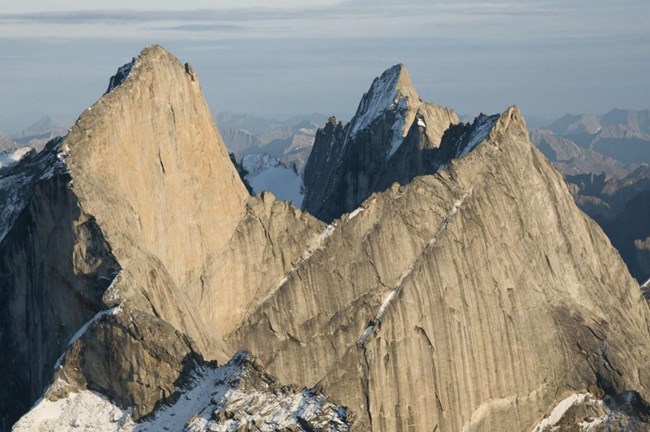

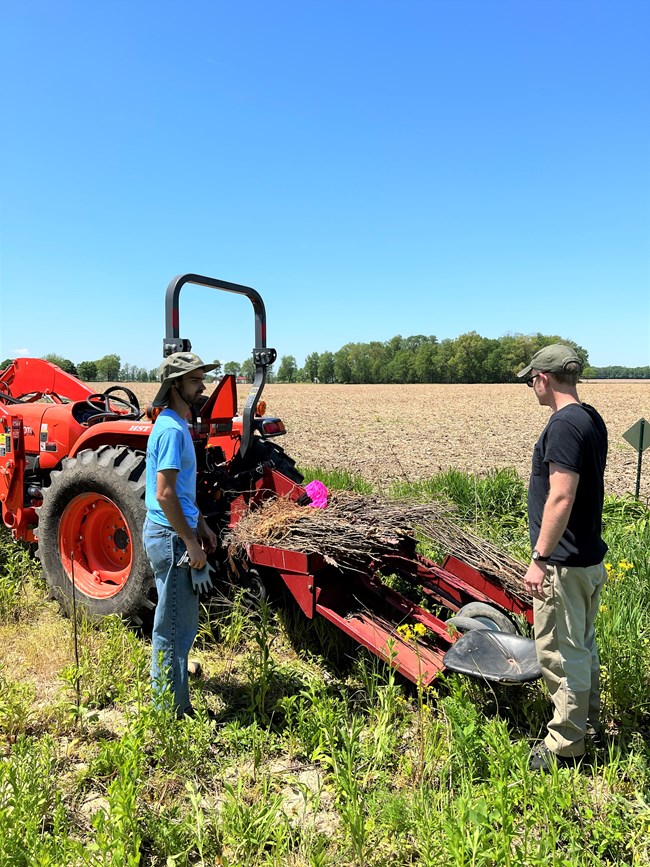
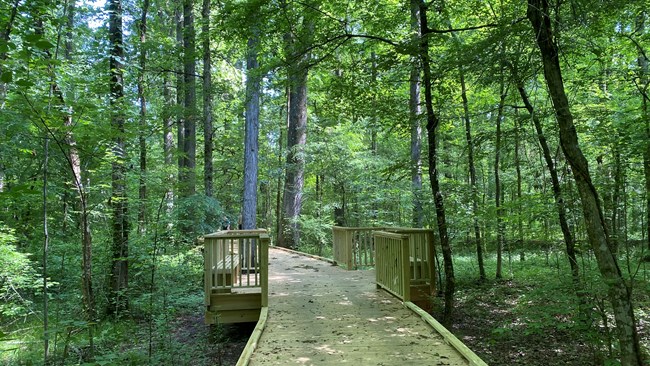
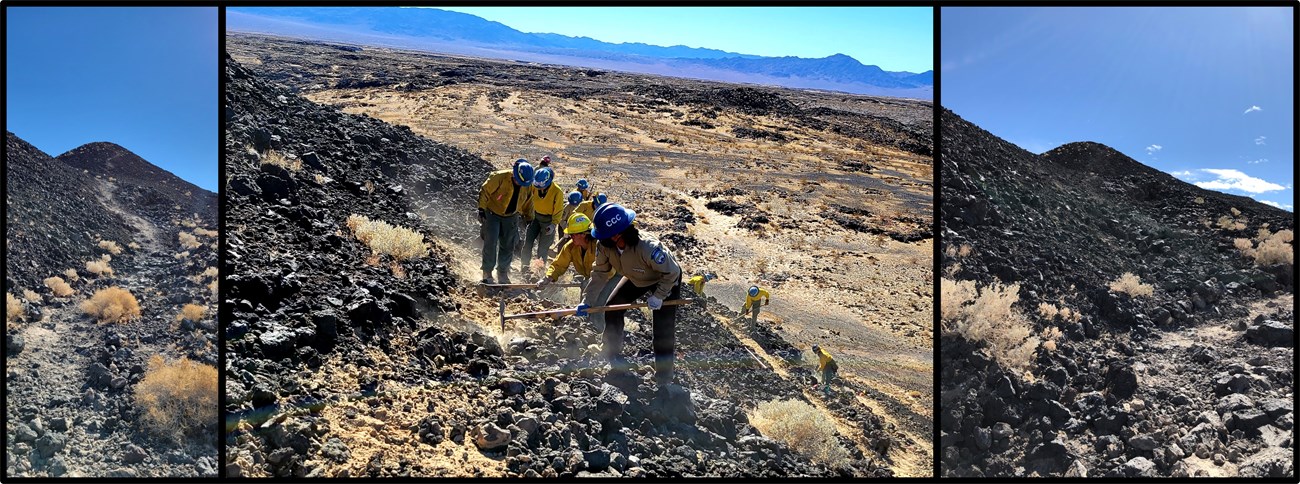

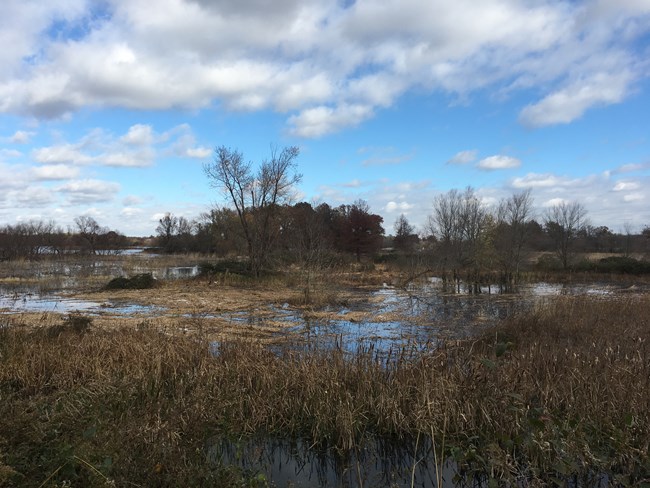
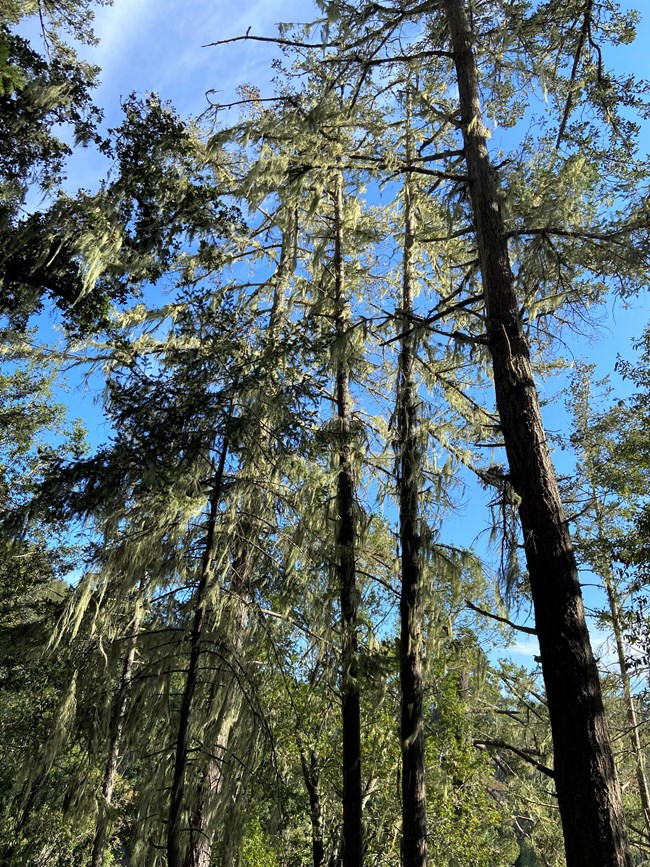
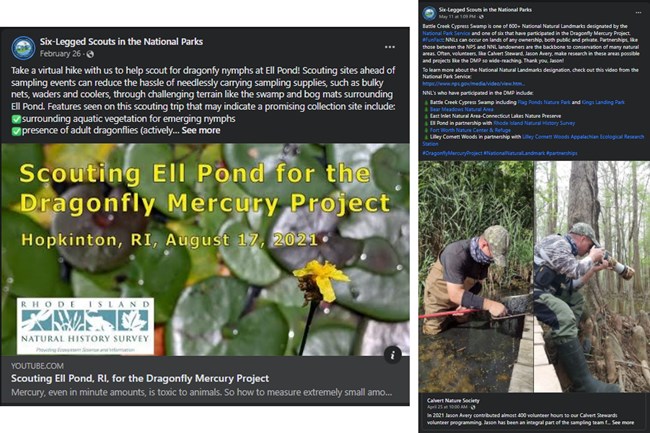
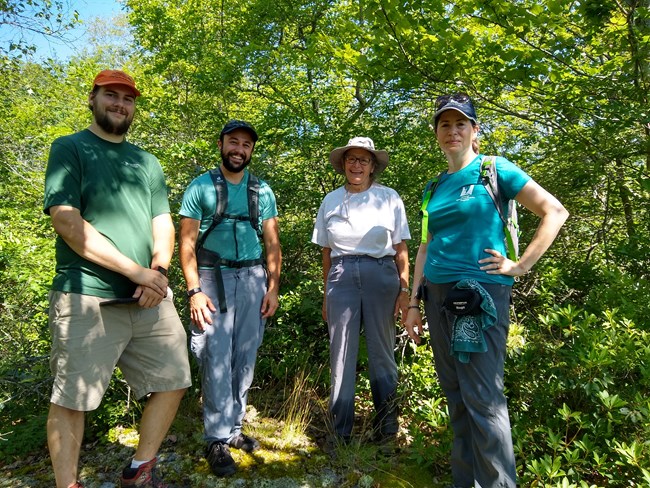
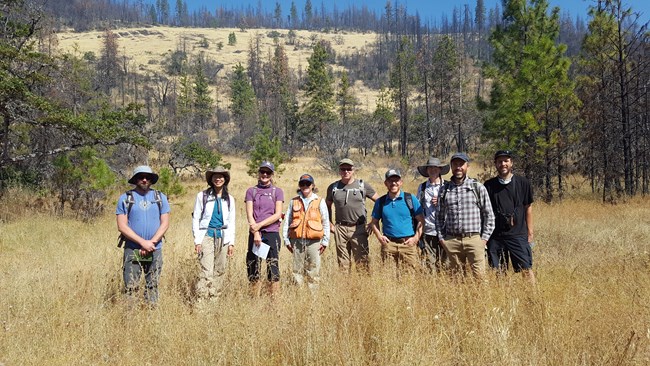

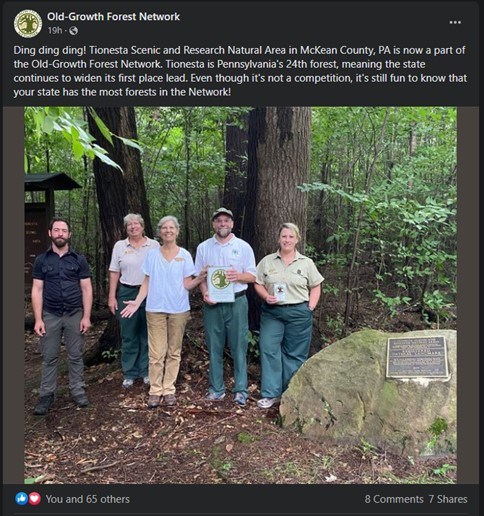
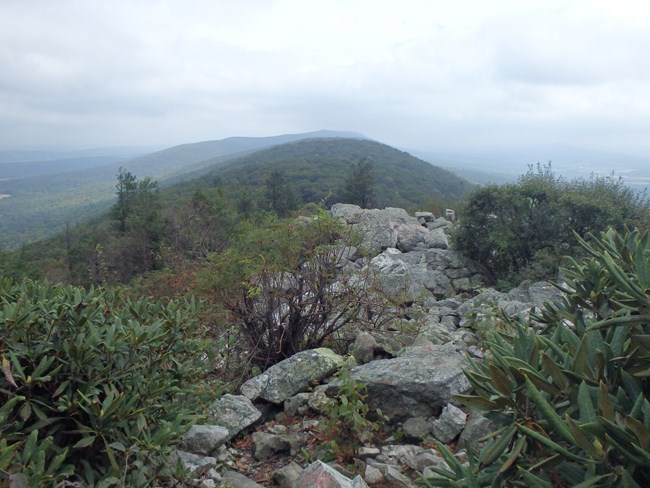
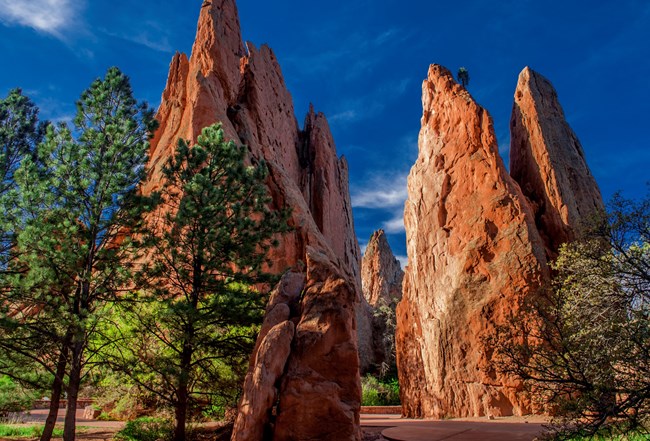
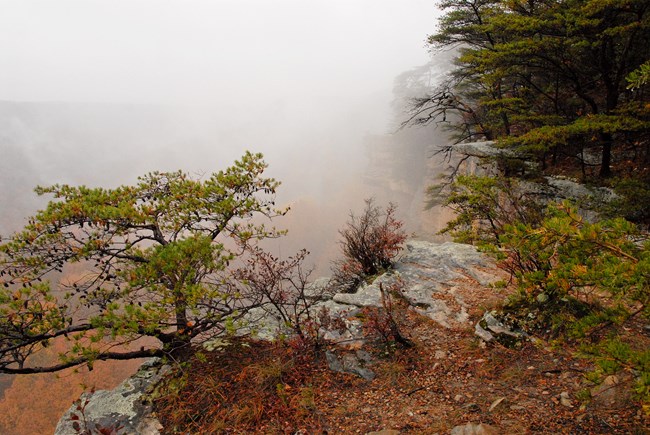
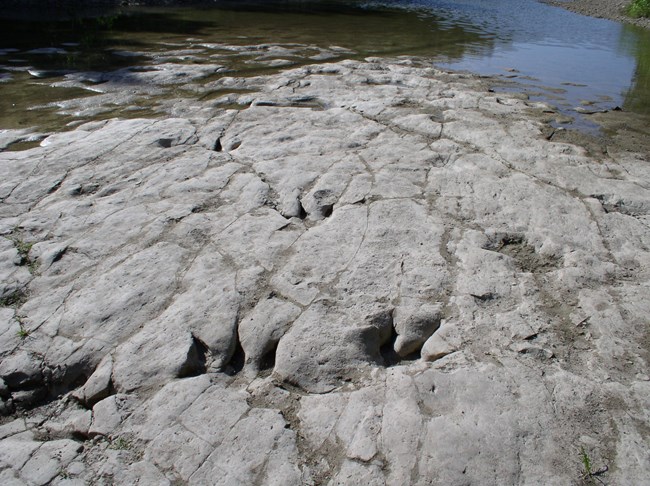


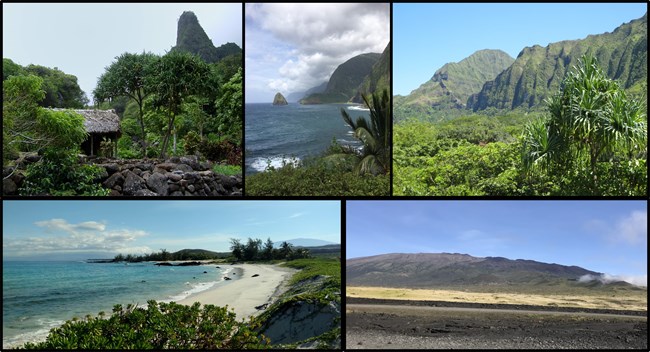
| State/Territory | NNL |
| Alabama | Cathedral Caverns |
| American Samoa | Aunu'u Island |
| American Samoa | Cape Taputapu |
| American Samoa | Fogama'a Crater |
| American Samoa | Le'ala Shoreline |
| American Samoa | Matafao Peak |
| American Samoa | Rainmaker Mountain |
| American Samoa | Vai'ava Strait |
| Arkansas | Mammoth Spring |
| California | Miramar Mounds |
| Georgia | Cason J. Callaway Memorial Forest |
| Guam | Facpi Point |
| Guam | Fouha Point |
| Guam | Mount Lamlam |
| Guam | Puntan Dos Amantes |
| Hawaii | ʻĪao Valley |
| Hawaii | Ko‘olau Range Pali |
| Hawaii | Makalawena Marsh |
| Hawaii | Mauna Kea |
| Hawaii | North Shore Cliffs |
| Illinois | Heron Pond-Little Black Slough Natural Area |
| Illinois | Horseshoe Lake Nature Preserve |
| Illinois | Mississippi Palisades |
| Illinois | Volo Bog Nature Preserve |
| Illinois | Wauconda Bog Nature Preserve |
| Indiana | Donaldson Cave System and Woods |
| Indiana | Rise at Orangeville |
| Indiana | Tolliver Swallowhole |
| Indiana | Wesley Chapel Gulf |
| Indiana | Wyandotte Cave |
| Massachusetts | Acushnet Cedar Swamp |
| Massachusetts | Fannie Stebbins Refuge |
| Massachusetts | Lynnfield Marsh |
| Massachusetts | Poutwater Pond |
| Missouri | Mark Twain and Cameron Caves |
| Missouri | Marvel Cave |
| Nevada | Hot Creek Springs and Marsh |
| Nevada | Ruby Marsh |
| New Hampshire | East Inlet Natural Area |
| New Hampshire | Floating Island |
| New Hampshire | Heath Pond Bog |
| New Hampshire | Pondicherry Wildlife Refuge |
| New Hampshire | Spruce Hole Bog |
| New York | Hart's Woods |
| Pennsylvania | Ferncliff Wildflower and Wildlife Preserve |
| Pennsylvania | Hemlocks Natural Area |
| Pennsylvania | McConnell's Mill State Park |
| Virginia | Great Dismal Swamp |



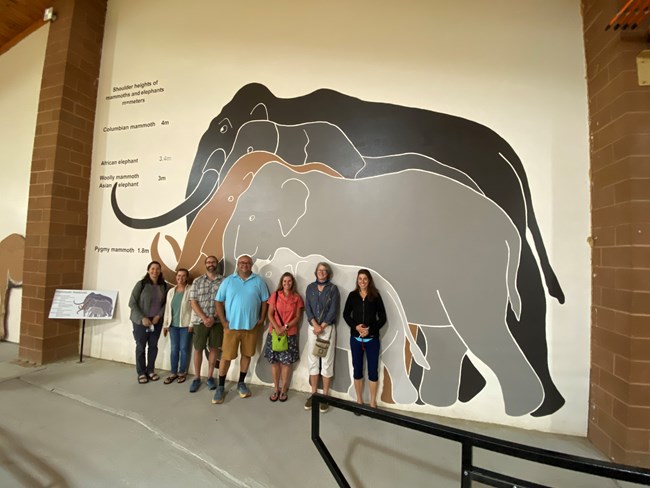
Part of a series of articles titled Landmark Highlights.
Previous: Landmark Highlights 2023
Next: Landmark Highlights 2021
Last updated: April 13, 2023